Holy Basil Companion Plants That Will Boost Your Garden
Holy basil, also known as tulsi, is a sacred herb in India and has been used for centuries for its medicinal and culinary properties. It is a member of the mint family and has a distinctive clove-like aroma. Holy basil is a relatively easy plant to grow and can be cultivated in a variety of climates.
One of the best things about holy basil is that it can be grown in companion plantings with other herbs and vegetables. Companion planting is a gardening technique that involves planting certain plants together in order to benefit each other. When plants are grown in companion plantings, they can help to deter pests, improve soil health, and boost each other's growth.
There are many different plants that can be companion planted with holy basil. Some of the best companion plants for holy basil include:
- Marigolds: Marigolds are known for their insect-repelling properties. They can help to protect holy basil from pests such as aphids, whiteflies, and spider mites.

- Chives: Chives are another good insect repellent. They can also help to improve the flavor of holy basil.
- Oregano: Oregano is a strong-flavored herb that can help to deter pests and improve the flavor of holy basil.
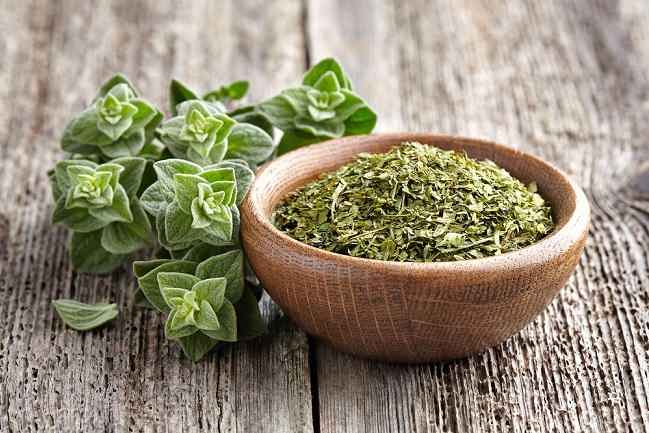
- Basil: Yes, basil can be a companion plant for holy basil! Different types of basil can actually help each other to grow better. For example, sweet basil can help to improve the flavor of holy basil, while holy basil can help to protect sweet basil from pests.

- Rosemary: Rosemary is a fragrant herb that can help to improve the flavor of holy basil. It can also help to repel pests.
- Lemon balm: Lemon balm is another fragrant herb that can help to improve the flavor of holy basil. It can also help to attract beneficial insects, such as bees and butterflies.
- Cilantro: Cilantro is a cool-weather herb that can help to improve the flavor of holy basil. It can also help to deter pests.
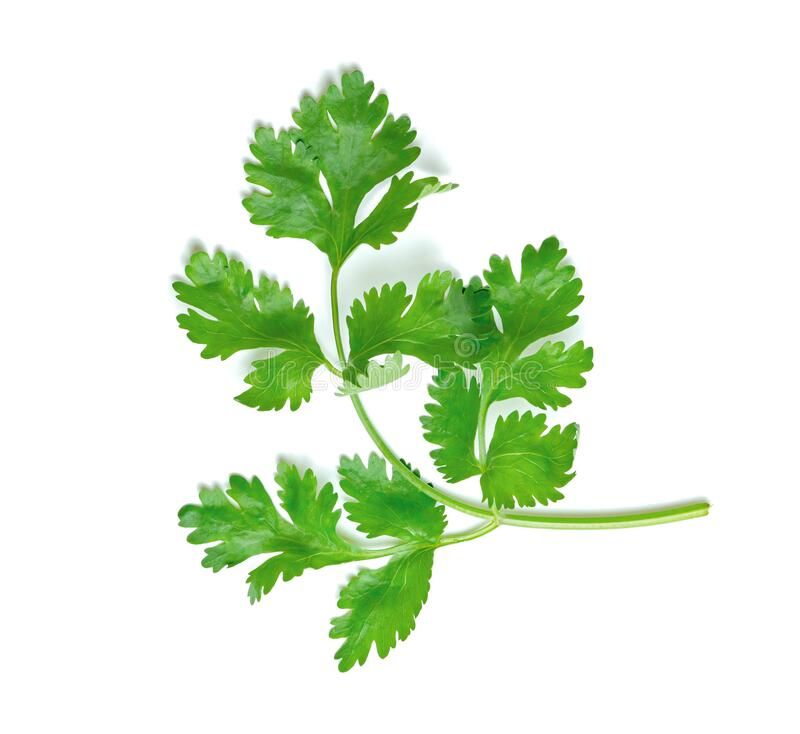
- Sage: Sage is a hardy herb that can help to repel pests and improve the flavor of holy basil.

- Potatoes: Holy basil can help to protect potatoes from pests such as the Colorado potato beetle.
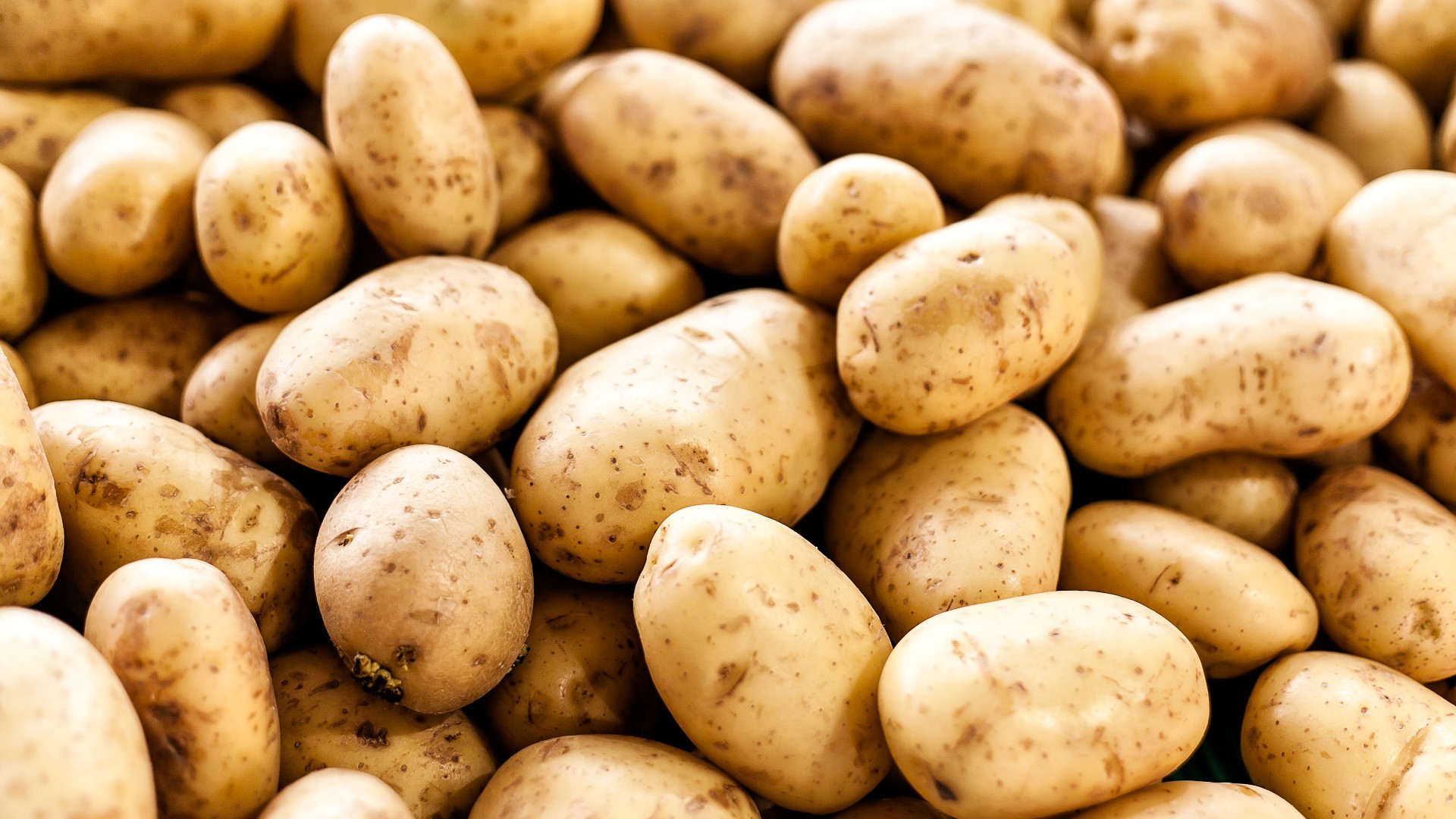
- Tomatoes: Holy basil can help to protect tomatoes from pests such as the tomato hornworm.
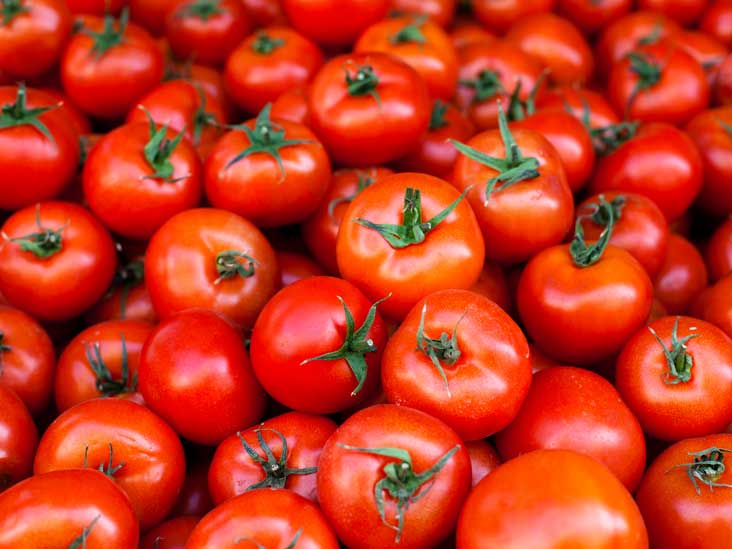
When choosing companion plants for holy basil, it is important to consider the climate, the size of the plants, and the desired outcome. For example, if you are growing holy basil in a hot climate, you may want to choose companion plants that can tolerate heat, such as marigolds and chives. If you are growing holy basil in a small space, you may want to choose companion plants that are not too tall, such as oregano and lemon balm. And if you are looking to boost the flavor of your holy basil, you may want to choose companion plants that have strong flavors, such as rosemary and sage.
No matter what your gardening goals are, there are sure to be companion plants that can help you to grow healthy and productive holy basil plants. So experiment with different combinations and see what works best for you.
Holy basil, also known as tulsi, is a sacred herb in India and has been used for centuries for its medicinal and culinary properties. When grown in the garden, holy basil can benefit from companion planting with other herbs and vegetables.
Some of the best companion plants for holy basil include:
- Marigolds: Marigolds help to repel pests such as aphids and whiteflies, which can damage holy basil plants.
- Potatoes: Holy basil can help to deter potato beetles from attacking potato plants.
- Tomatoes: Holy basil can help to protect tomato plants from tomato hornworms.
- Cilantro: Cilantro and holy basil are both members of the mint family, and they can help to attract beneficial insects to the garden.
- Oregano: Oregano and holy basil have similar growing requirements, and they can help to improve the flavor of each other's leaves.
For more information about holy basil companion planting, please visit Garden Wiki. This website provides a comprehensive list of companion plants for holy basil, as well as tips on how to plant and care for these herbs in your garden.
FAQ of holy basil companion plants
- What are the best companion plants for holy basil?
Holy basil (Ocimum sanctum) is a member of the mint family and is known for its many health benefits. It is also a popular herb in cooking. When companion planting holy basil, there are a few things to keep in mind. First, holy basil does not like to be shaded, so choose companion plants that will not block out the sun. Second, holy basil is a heavy feeder, so make sure the soil is rich in nutrients. Third, holy basil is susceptible to pests and diseases, so choose companion plants that will help to deter these problems.
Some of the best companion plants for holy basil include:
- Marigolds: Marigolds are known for their insect-repelling properties and can help to protect holy basil from pests such as aphids and whiteflies.

- Tomatoes: Tomatoes and holy basil are both heavy feeders and can benefit from being planted together. Tomatoes can help to provide shade for holy basil, while holy basil can help to deter pests from tomatoes.

- Potatoes: Holy basil can help to repel pests from potatoes, such as potato beetles and tomato hornworms.

- Oregano: Oregano is a natural pest repellent and can help to protect holy basil from aphids, whiteflies, and other insects.

- Basil: While it may seem counterintuitive to plant basil with holy basil, they can actually benefit from being planted together. Basil can help to improve the flavor of holy basil and can also help to deter pests.
- What are some plants that I should avoid planting near holy basil?
There are a few plants that you should avoid planting near holy basil. These include:
- Cucumbers: Cucumbers and holy basil compete for the same nutrients and can stunt each other's growth.
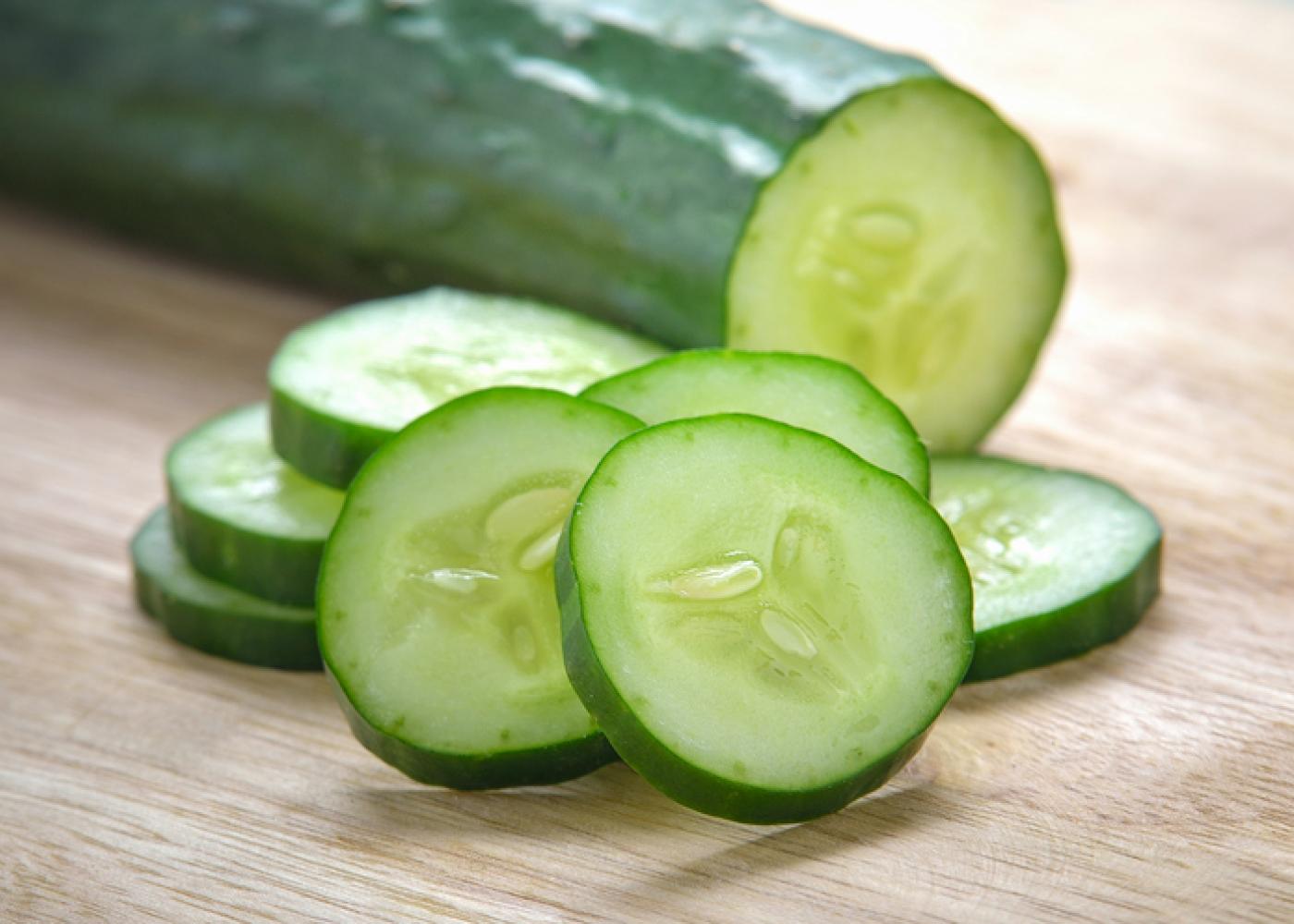
- Fennel: Fennel can release chemicals that can inhibit the growth of holy basil.

- Common rue: Common rue can release chemicals that can be toxic to holy basil.

- Sage: Sage and holy basil compete for the same sunlight and can stunt each other's growth.

- Thyme: Thyme and holy basil compete for the same nutrients and can stunt each other's growth.

- How far apart should I plant holy basil and its companion plants?
The distance you should plant holy basil and its companion plants apart will depend on the size of the plants. For example, if you are planting marigolds and tomatoes with holy basil, you should plant them about 18 inches apart. If you are planting basil with other herbs, such as oregano or rosemary, you can plant them closer together, about 12 inches apart.
- How can I tell if my holy basil and its companion plants are getting along?
If your holy basil and its companion plants are getting along, you should see healthy growth from all of the plants. The leaves should be green and free of pests or diseases. You should also see the plants flowering, if they are flowering plants.
If you notice any problems with your plants, such as wilting leaves, pests, or diseases, you may need to adjust the spacing between the plants or move them to a different location. You may also need to fertilize the plants or water them more often.
- What are some other benefits of companion planting holy basil?
In addition to helping to deter pests and diseases, companion planting holy basil can also provide other benefits, such as:
- Attracting pollinators: Holy basil is a nectar-rich plant that can attract pollinators such as bees and butterflies. These pollinators are important for the pollination of other plants in your garden.
- Improving soil quality: Holy basil can help to improve the soil quality by adding nutrients and organic matter. This can benefit the growth of all of the plants in your garden.
- Enhancing flavor: The aroma of holy basil can help to enhance the flavor of other vegetables and herbs in your garden. For example, planting holy basil near tomatoes can help to improve the flavor of the tomatoes.
Image of holy basil companion plants
5 different images of holy basil companion plants from Pinterest:
- Tomatoes: Holy basil is a good companion plant for tomatoes because it helps to deter pests and attract pollinators.

- Peppers: Holy basil can also be planted with peppers to help protect them from pests and diseases.

- Parsley: Parsley is a good companion plant for holy basil because it helps to repel pests and attract beneficial insects.
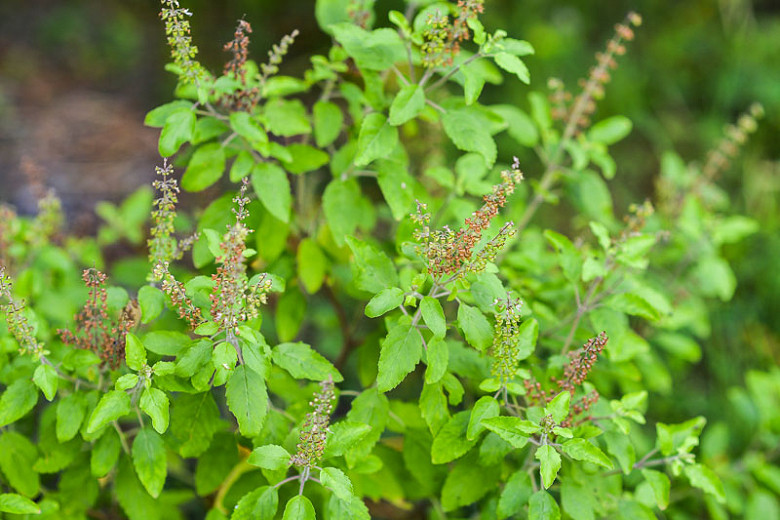
- Lettuce: Lettuce is another good companion plant for holy basil because it helps to suppress weeds and attract pollinators.
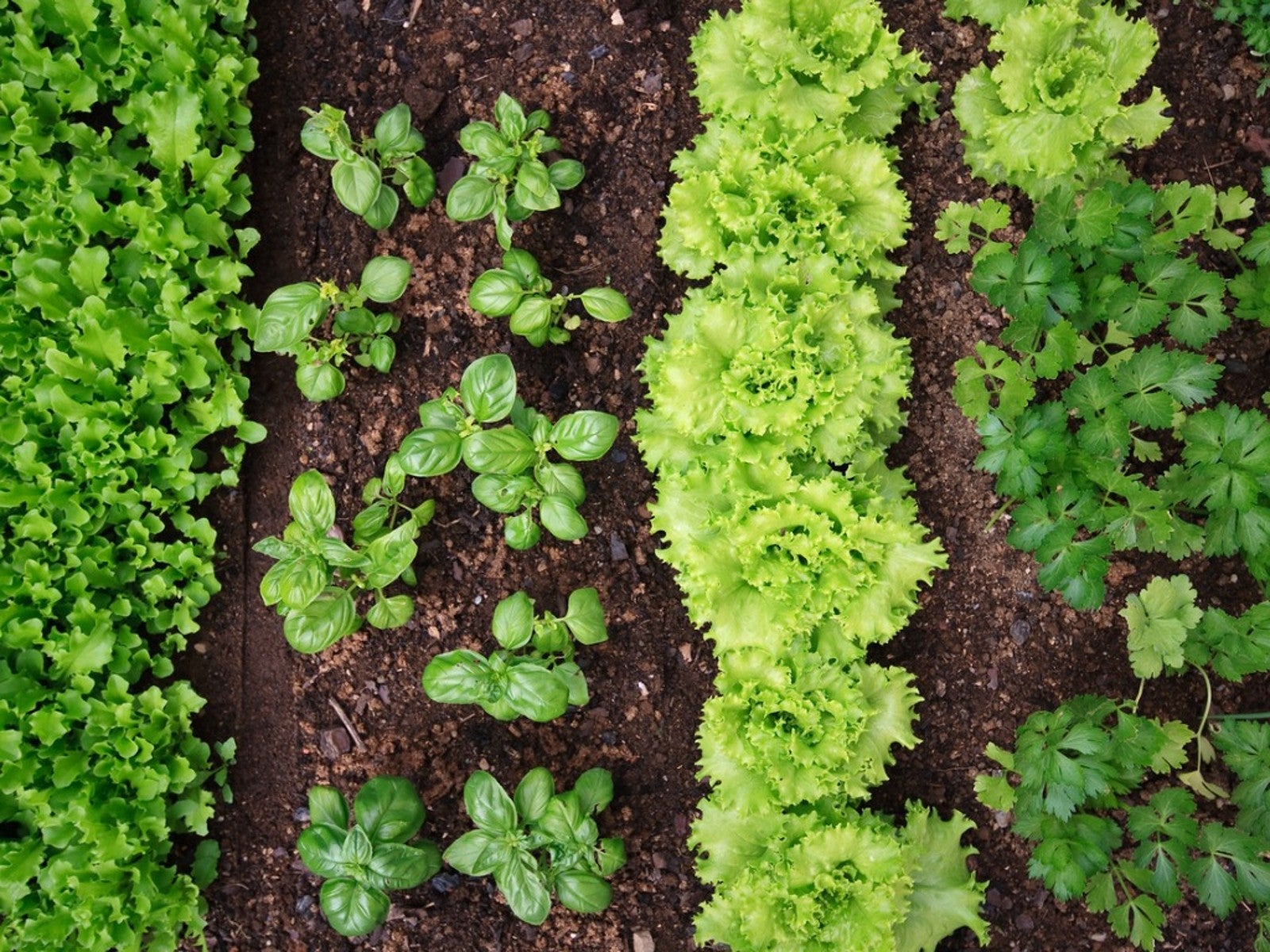
- Asparagus: Asparagus can also be planted with holy basil to help improve the flavor of the asparagus.


Post a Comment for " Holy Basil Companion Plants That Will Boost Your Garden"